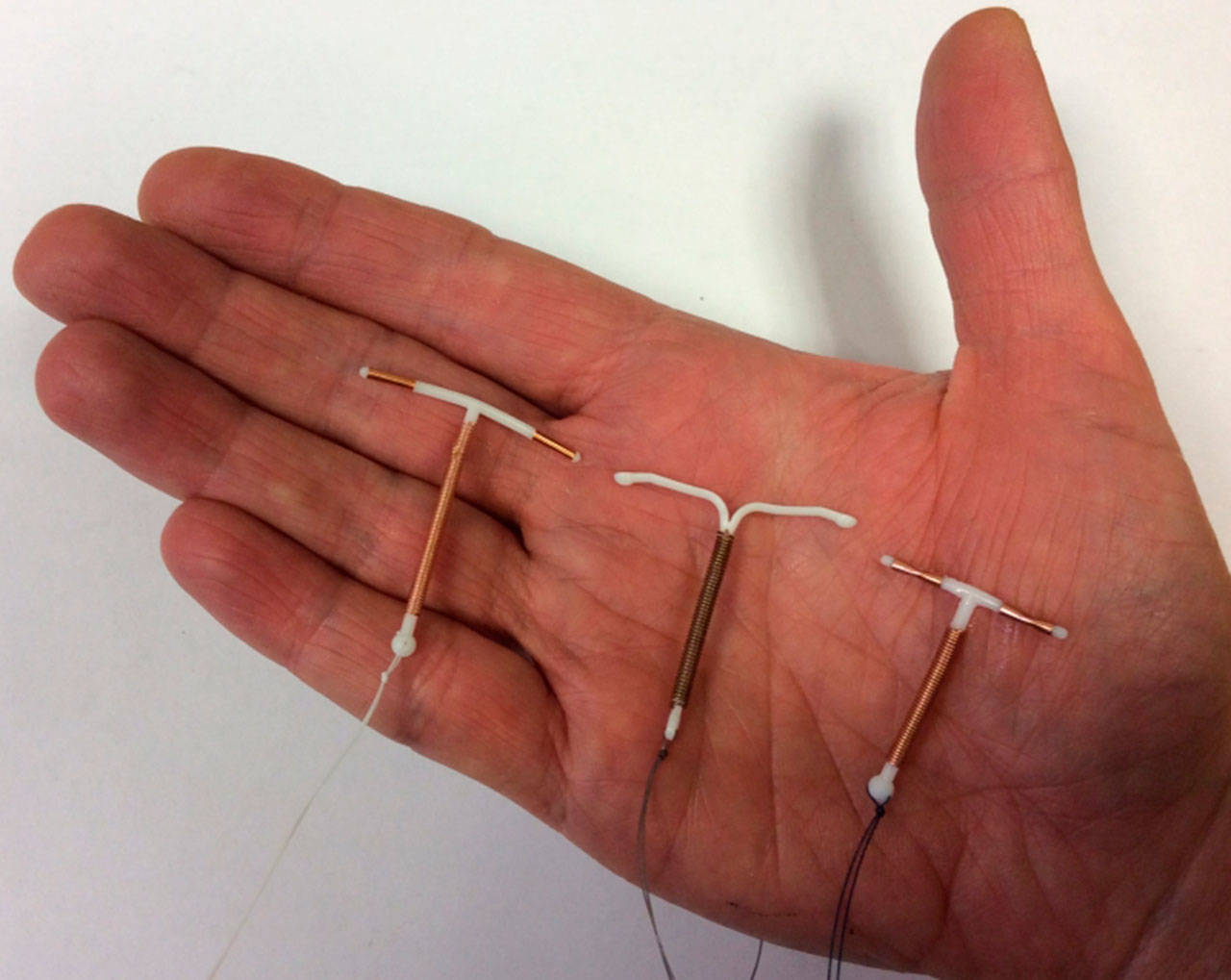In 2017, birth control options for young women are safer and more varied than they have been during any other time in history. This is one of the reasons we have significantly less unintended pregnancy in women and girls.
Better access to birth control, increased use of multiple methods (condoms and hormones) and more effective use of the birth control that is available are all responsible for the decline in unintended pregnancy. Additionally, the media and internet seem to have played a role both in offering easy access to good information and in airing shows like “Teen Mom,” highlighting the difficulties of parenting for teens.
While abstinence is the only fail-safe way to prevent pregnancy and sexually transmitted illness, once girls and women do decide to have sex, they have many safe and effective methods to choose from.
Whatever birth control a woman or girl chooses, condoms are the only way to limit STI’s. Condoms will also add to the effectiveness of each method.
Below is a list of contraceptive options for girls and women who wish to avoid pregnancy in order of their effectiveness per the Centers for Disease Control:
• Intrauterine device (IUD). The IUD is a tiny, hormone-infused or copper device placed in the uterus lasting three to nine years. There are about five in 10,000 unintended pregnancies per year with the IUD.
• Subdermal Implant. This is a matchstick-sized, hormone-infused implant placed under the skin of the upper arm lasting up to three years. There are approximately two in 1,000 unintended pregnancies yearly associated with the implant.
• Injectable hormone lasting three months. There are six in 100 unintended pregnancies per year with the shots.
Oral contraceptives are for daily use and, partly because of human error, they are associated with nine in 100 unintended pregnancies per year. The hormone patch and vaginal ring have similar effectiveness and are worn for three weeks at a time.
• The male condom is the only birth control method that can prevent sexually transmitted illness, but used alone, it is associated with 18 in 100 unintended pregnancies per year.
• Other methods including the female condom, withdrawal, fertility awareness and spermicide alone, are all associated with more than 21 in 100 pregnancies per year.
It is important for parents, educators and health care providers to continue to support the decline in unintended pregnancy in teens and young adults. Ask your health care provider for more information.
Julie Ellner has been a pediatrician with Mercer Island Pediatrics for 24 years. Her practice spans the care of newborns through age 21. Special interests include dermatology, behavioral health and adolescent medicine. Dr. Ellner lives in Seattle with her husband. All three of her children are enrolled in college.



